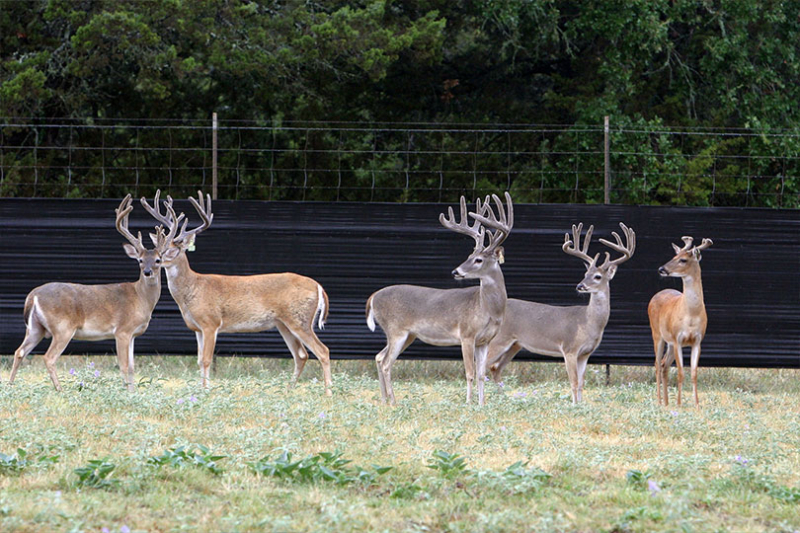Chronic wasting disease (CWD) was confirmed in a Sutton County deer breeding facility, marking the second facility where the disease has been detected in the county, located in the Edward Plateau region of Texas.
A two-year-old female white-tailed deer tested positive using postmortem testing conducted to meet CWD surveillance requirements for the facility.
CWD has an incubation period that can span years, so the first indication of the disease in a herd is often found through routine surveillance testing rather than observed clinical signs. Early detection and proactive monitoring improve the state’s response time to the detection of CWD and can greatly reduce the risk of further disease spread.
TPWD reminds all deer breeders of requirements to report mortalities within seven days of detection and submit CWD test samples within seven days of collection.
CWD is a fatal neurological disease found in certain cervids including deer, elk, moose and other members of the deer family. This slow, progressive disease may not produce visible signs in susceptible species for several years after infection.
As the disease process continues, animals with CWD may show changes in behavior and appearance.
Clinical signs may include progressive weight loss, stumbling or tremors with a lack of coordination, loss of appetite, teeth grinding, abnormal head posture and/or drooping ears and excessive thirst, salivation or urination.
In Texas, the disease was first discovered in 2012 in free-ranging mule deer along a remote area of the Hueco Mountains near the Texas-New Mexico border.
CWD has since been detected in Texas captive and free-ranging cervids, including white-tailed deer, mule deer, red deer and elk.
For more information on previous detections in Texas, movement restrictions and surveillance and containment zones, visit TPWD’s CWD webpage.


Leave A Comment